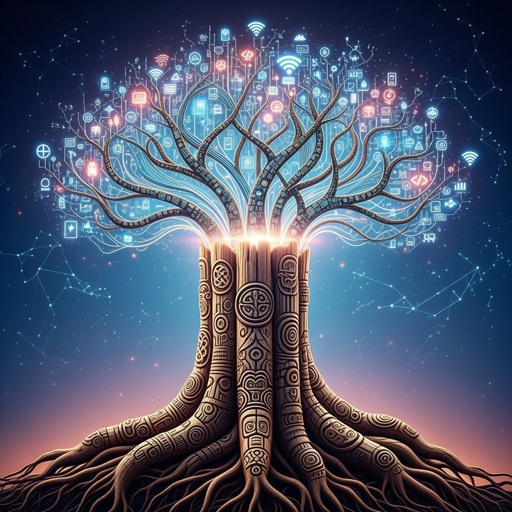The current buzzwords in marketing seem to be connected customer experience strategies. Many books and articles are being written on the subject. But how true is all of it and how practical is all of it, especially in India? Yes, I know it is a rhetorical question. We know the answer. We also know the challenges. India is a hugely diverse country. Organizations have to cater to a wide range of consumers from a myriad of backgrounds, cultures, and varying sensibilities. So how does one win? How does one develop a competitive advantage when apparently there is no significant product differentiation? The problem in India is that we have for long been a supplier’s market. Organizations traditionally are not organized around the customer experience. They were built around products, sales & distribution networks, and that’s why we see that in many Indian organizations, marketing really does not have a seat at the decision-making table (at least till recently). Ok. I know you think I am being too harsh here, let me correct myself, most large organizations and brands do have a semblance of a strategy in place for customer engagement. But, according to me, they still interact with customers only episodically, after the customer has identified the need and looks out for the product. In the developed markets and with digital-only platforms, technology has enabled personalized, contextual, and customized interactions with customers. Today organizations and services are building deep connections with their customers. Instead of waiting for customers to come to them, organizations are attending to customers’ needs before they arise or as soon as they arise.
A Case Study in Customer Experience: Netflix
Netflix is an oft quoted but great example. It has operations in 190 countries and more than 167 million paid streaming subscribers. Netflix is highly focused on managing its content, its costs and its desire to drive the best customer experience. Initially, the content was mostly in English with an 80/20 mix of English language to local content, which limited its audience to a great extent. However, with dubbing, subtitling and a dramatic increase in local content it has dialed up its relevance in many markets. Netflix works with thousands of translators and has developed a sophisticated internal translation process that ensures key words and phrases do not get lost in translation. Huge amount of hyper-personalization is complemented with interactive technology and story branching options.
Netflix is also testing content that enables the viewer to select how the story plays out. In the future, Netflix believes viewers will want to see all the story branching options and develop a much more three-dimensional view of standard content. Of course, this story is yet to unfold in India, but it will eventually. The point I am trying to make here is that they have made significant investments in getting the content and delivery both right. One can argue that this is relatively easy for a digital-only, new-age organization, but that’s the challenge for all marketers going forward. The truth is that the digital democratization of the purchase journey is fragmenting what has historically been a stable and predictable process. Customer experience journeys of the past are no longer relevant. Given that Indian organizations have a diverse set of customers with different and unique preferences, organizations will have to create a bouquet of connected customer strategies to deliver a seamless and personalized customer experience at every touchpoint.
Customers are also increasingly mixing and matching as they unbundle and then reconfigure their buying experience to suit their individual needs. Online and offline have blurred. Customers expect brands and organizations to pick up from where she had dropped off. A deep understanding of the mind of the customer and their evolving needs need to be at the center of any strategy. Organizations and marketers will have to answer the following questions for themselves:
- Do they have a well-defined customer strategy?
- Do they as an organization operate in silos or are integrated in their approach to the customer?
- Do they have end-to-end customer journeys?
- Do they minimize customer effort and create frictionless experiences?
- Do they have a robust system to collect customer insights?
- Do they use those customer insights to drive their everyday decisions?
- Do they have an effective and measurable outcome monitoring system?
These are not easy questions to answer. Organizations are a complex maze, but the customer’s mind is even more so! The sooner organizations and brands understand this, the better. Delivering tomorrow’s experience tomorrow might just be too late. The customer is living in the moment, and organizations need to equip themselves to respond to this reality.
The challenge for most organizations is not in deploying technology, but in generating the rules and insights that will drive a superlative customer experience. This depends on the organization’s ability to capture accurate, real-time customer data augmented by actionable insights, ensuring that every touchpoint is personalized and meets evolving customer expectations.
In this dynamic landscape, an organization’s ability to deliver exceptional customer experience hinges on continuous learning and adapting to new trends, preferences, and demands.
The complexity does not end here, behavioral norms are also evolving at a fast pace. It would be juvenile for Organizations to rely on patterns of the past. Customers expect you to know exactly what they want and how they want that product or service delivered to them. Customers want authentic and intuitive interactions, collaborative experiences and consistently trustworthy behavior from organizations and brands. How many Indian CEOs and Marketers are thinking along these lines? Over to the CXOs.










